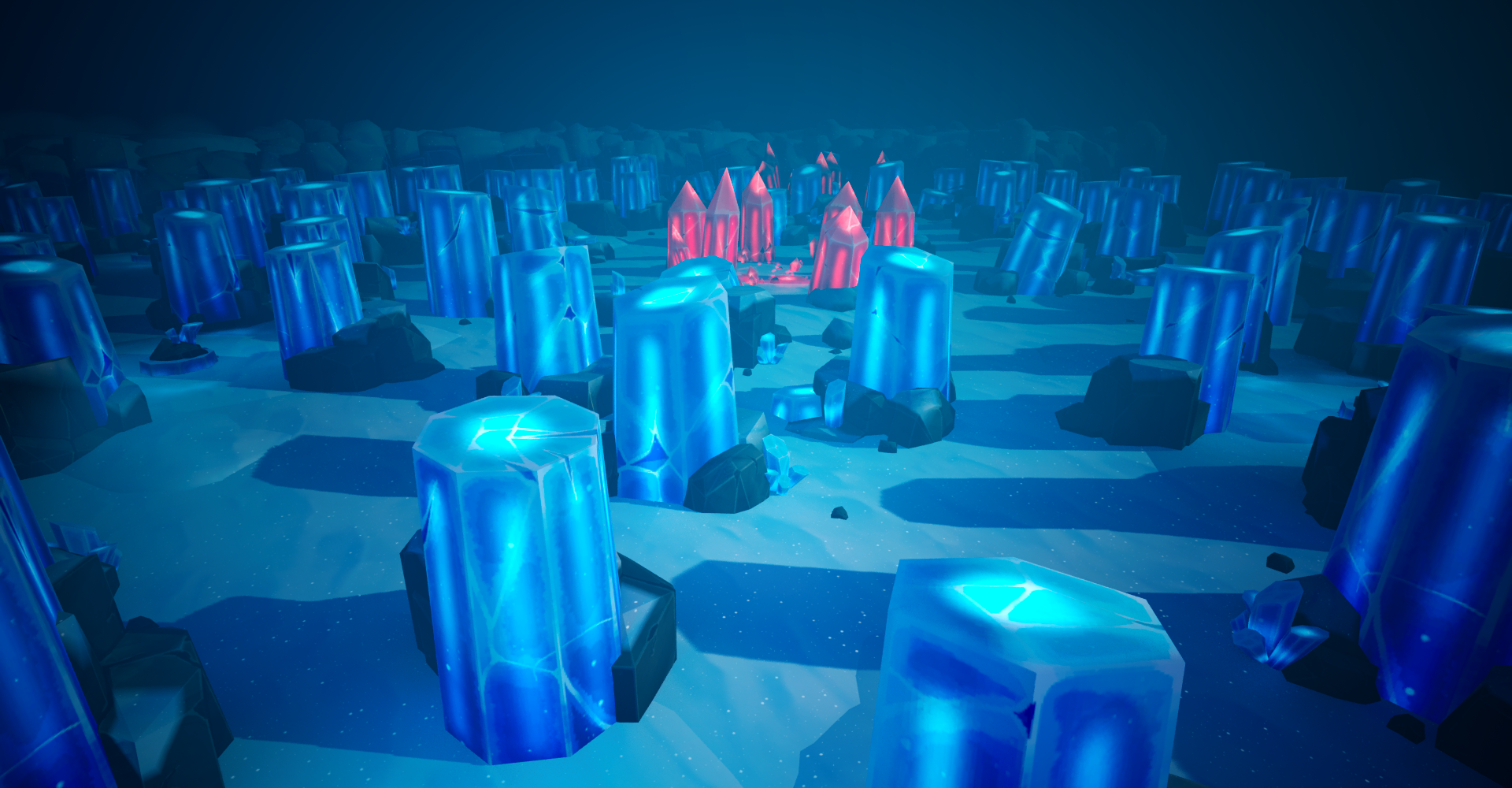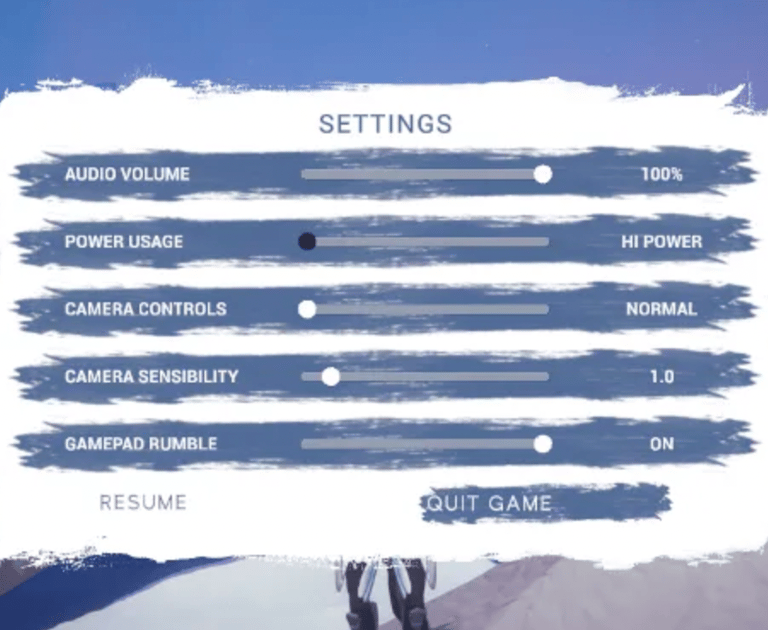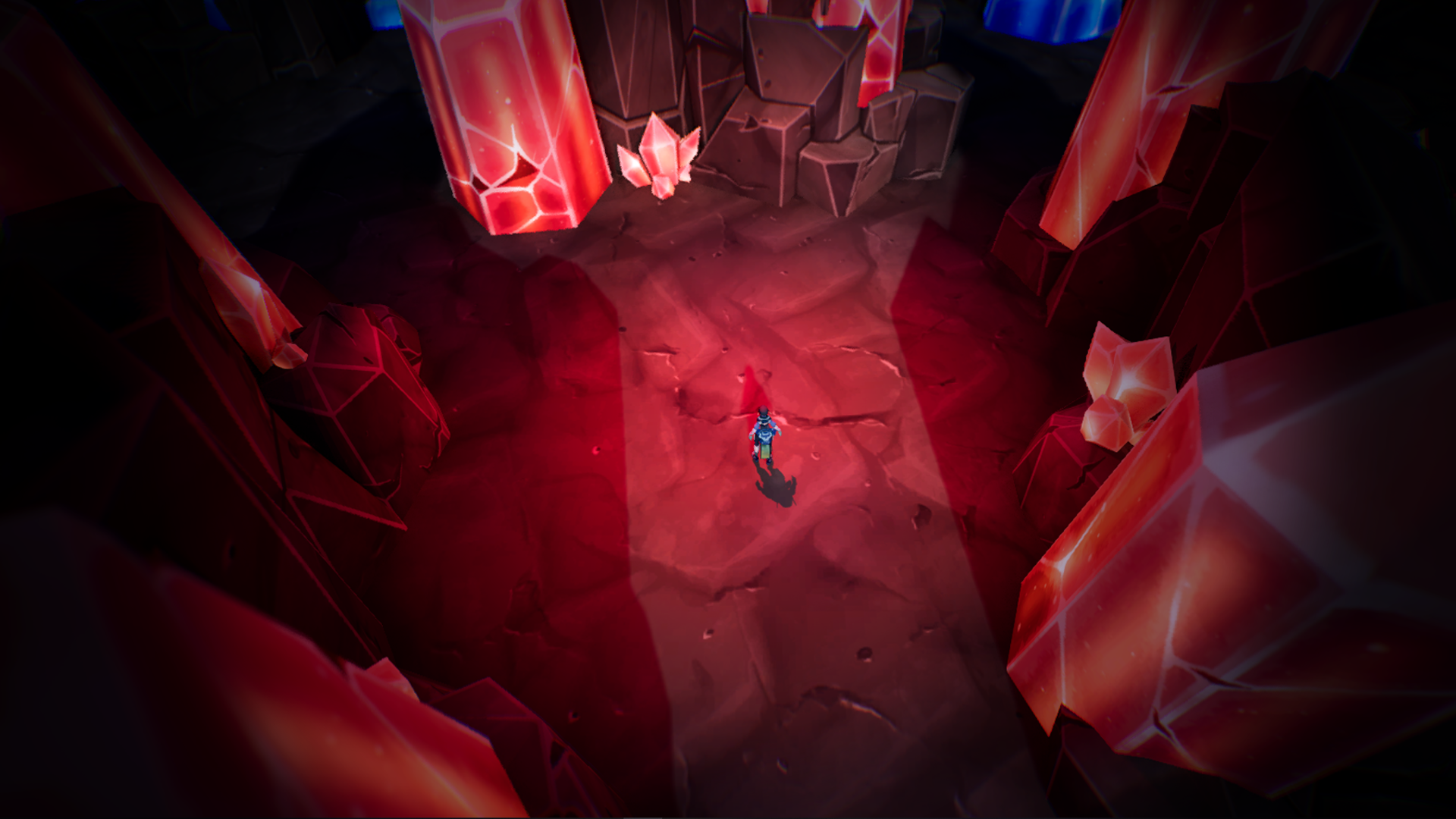Impactful games with a minimal footprint!
by Mathias Gimeno

"As game creators, we must take this seriously!"
The video game industry is becoming increasingly aware of its environmental impact. Numerous sources of CO2 emissions, involving a wide variety of actors, contribute to the industry's environmental footprint. These include distribution, packaging, hardware manufacturing, resource-intensive game development, and servers for cloud gaming and multiplayer modes.
A significant portion of the gaming industry's overall carbon footprint comes from in-game energy consumption. According to Project Drawdown, Microsoft estimates that a high-performance gaming device emits an average of 72 kilograms of CO2 per year.
As game creators, we must take this seriously and promote change by rethinking how we design games. If every player could significantly reduce the energy consumption of their gaming experiences (measured in watt-hours), we could easily save millions of watt-hours—considering the average weekly playtime and the global number of players.
However, the gaming industry is competitive, and visual excellence remains a key selling point for players and the press; most new games need to showcase the best next-gen graphics!
When this question arose during the development of our latest game, MoonWakers, we decided to focus on design and knew we had to start somewhere. We identified three ways to begin our approach:
User Experience (UX) and User Interface (UI) design.
Technical settings.
Impact on gameplay.
The path of design
Our first step was to rethink the user interface in the settings menu. We chose to display the graphics settings in terms of energy consumption rather than visual "quality."
The next step was to create four different energy consumption modes, focusing on simplicity for our users:
High Power
Balanced
Eco
Ultra-Eco
Each mode uses different options that we are still fine-tuning.
In short, the High Power mode uses high-end, processor/GPU-intensive features such as volumetric fog, real-time reflections, high resolution, and unlocked frame rates.
The Balanced mode uses less demanding features.
The Ultra-Eco mode, with lower resolution and frame rate, along with minimal engine features, focuses on minimizing energy consumption and offers an original graphic style that has already caught players’ attention.


Energy Consumption Settings in MoonWakers

Stylized Ultra-Eco Mode
With this kind of settings, Ultra-Eco mode could become visually unappealing. In our game, we decided to make it more stylized.


We believe it could be interesting to target FPS standards in our games (similar to video/cinema formats).
In our four modes, we have set maximum FPS values: 77, 60, 48, and 30 (Ultra-Eco mode). The savings in computational load are significant.
Although the GPU industry makes great efforts to launch innovative new technologies (FSR, VRR, DLSS) and continues to improve the best TFLOPS per Watt ratio, these innovations are mainly used to increase FPS while maintaining visual quality.
By setting FPS limits, we could use the same technologies to achieve standardized frame rates (77/60/48/30) with the same quality but lower power consumption.
"Set FPS limits"
The gameplay path
We added a final layer of changes linked to these eco modes by affecting gameplay when different modes are used.
We will detail this in an update to this article, but in summary: when players switch eco modes, their characters gain access to different abilities.
The technical path
More skills thanks to choosing Eco Mode

Encouraging engagement
To achieve our goals, it is essential that players are aware of the benefits of their engagement and understand the purpose of our efforts. A key aspect of our approach is to be motivating rather than punitive, turning the experience into enjoyable entertainment. We aim to design a user interface that encourages a paradigm shift around graphics settings.
At the same time, it is crucial that players understand the energy consumption implications when adjusting settings. Our goal is to combine fun and savings, making the gaming experience with these settings both enjoyable and environmentally responsible. By developing this new approach in our games, we offer players the opportunity not only to have fun but also to earn achievements by adopting a more energy-efficient playstyle.